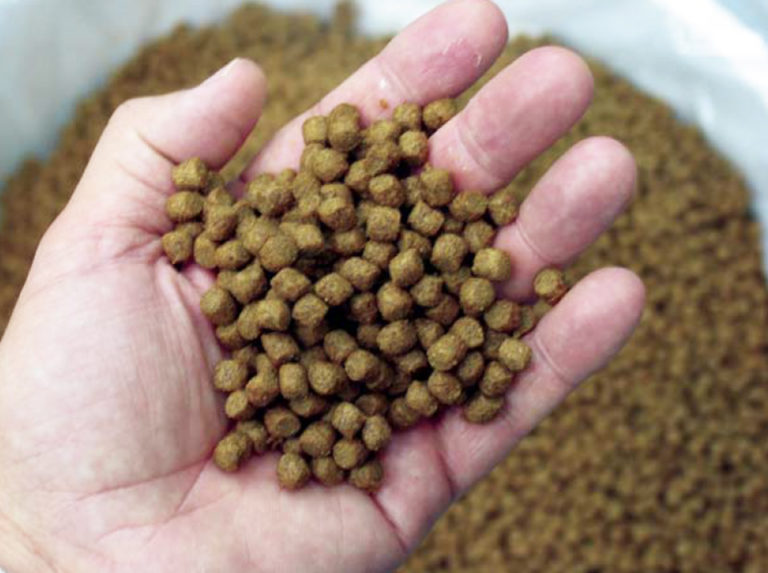
Aquafeeds
Feed efficiency indicators for responsible aquaculture
While feed conversion ratios are often used as indexes of feed efficiency, they can be misleading as ecological indicators.
Responsibility
Even with dedicated aerators, aquaculture farms can experience stress and mortality in culture animals due to low dissolved oxygen concentrations in pond water. Simple tractor-powered aerators offer a quick and portable solution to low dissolved oxygen levels that provides strong emergency aeration and water movement.

Aquafeeds
While feed conversion ratios are often used as indexes of feed efficiency, they can be misleading as ecological indicators.
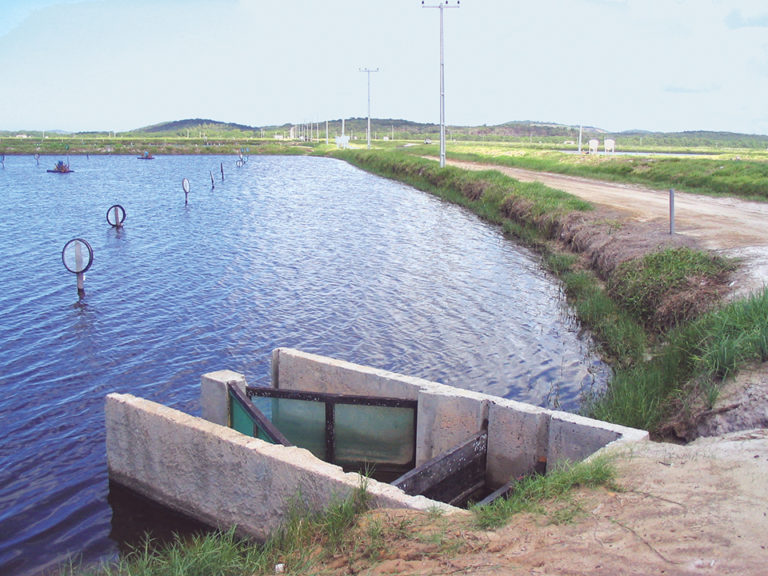
Responsibility
Water flow within channels can be measured using the float method or calculated using rating curves that project water velocity based on a series of finite measurements.
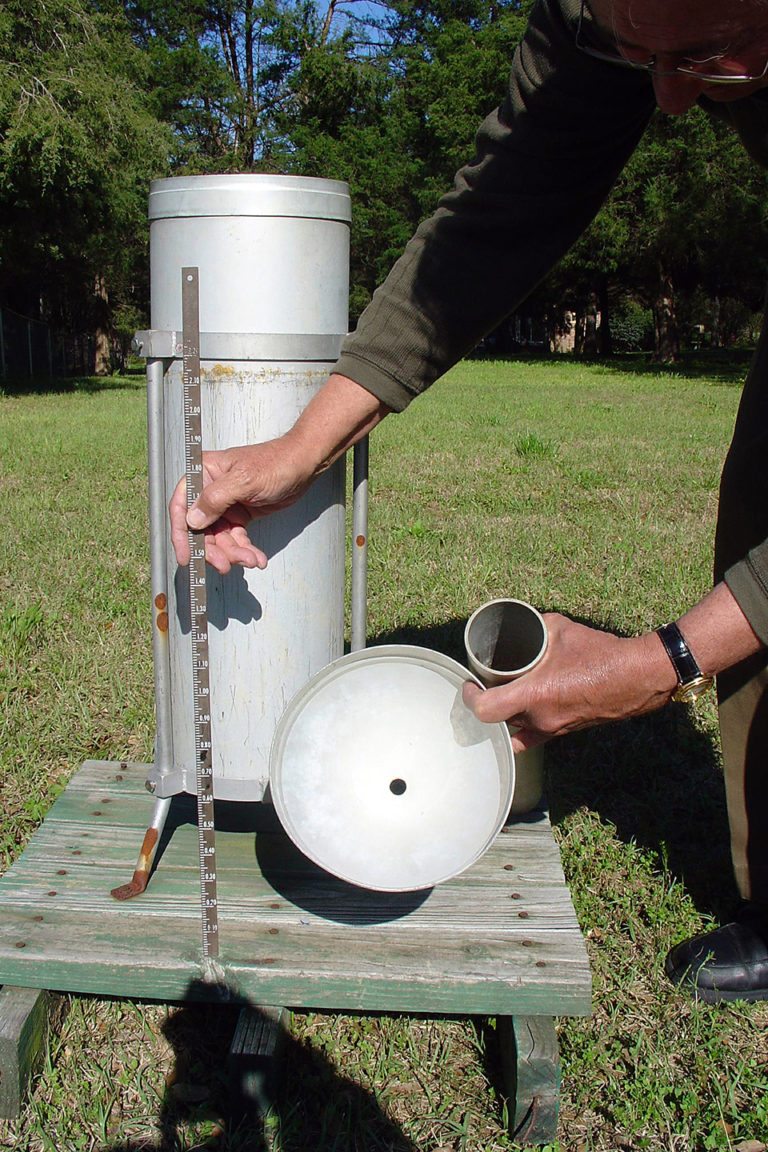
Responsibility
Accurate estimations of water volumes in aquaculture systems contribute to both better management of resources and cost-efficient production.
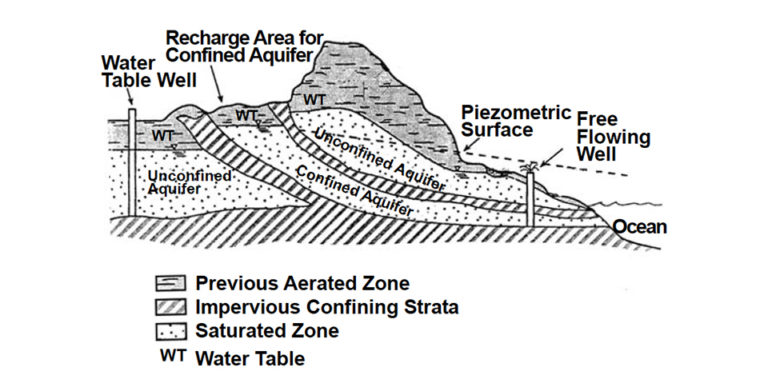
Responsibility
Groundwater from wells is sometimes used to supply hatcheries and ponds. The potential water supply via wells is defined largely by geology.
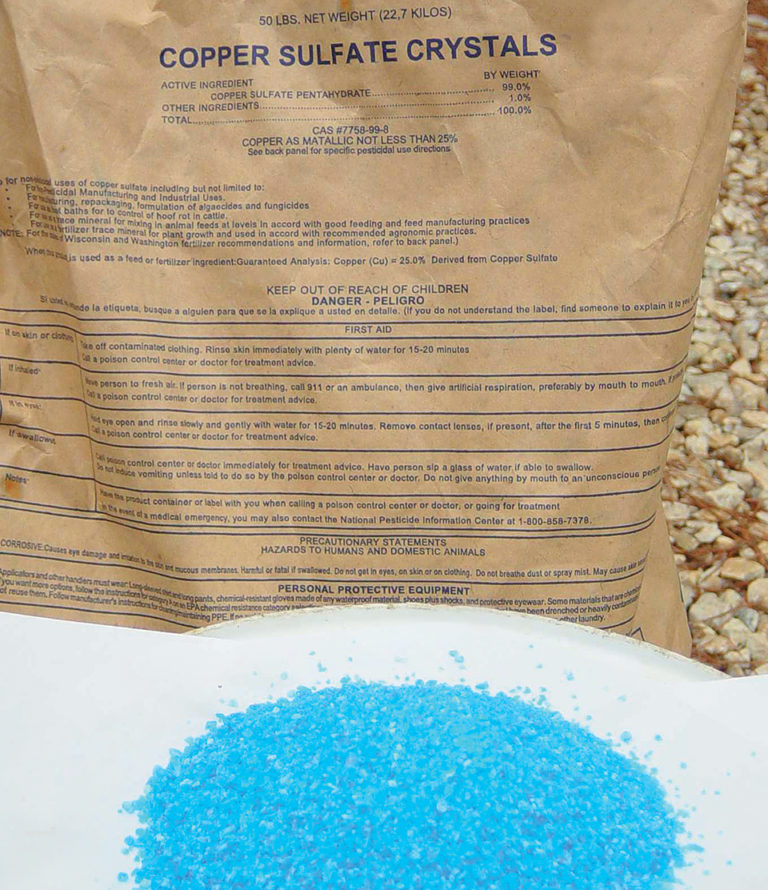
Responsibility
Copper sulfate is widely used as an algicide in ponds and other aquatic systems. Although copper quickly disappears from pond water, cupric ions can be harmful to aquatic animals.
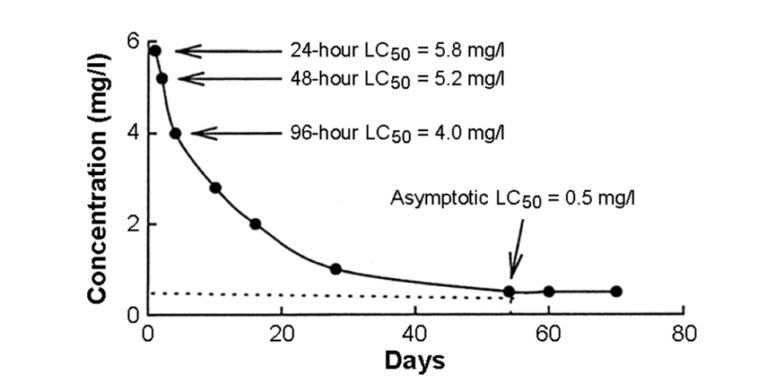
Responsibility
LC50 – the concentration of a substance that is lethal to 50 percent of the organisms exposed to it in a toxicity test – is a useful tool because it can predict the effects of a potential toxin in aquaculture systems.
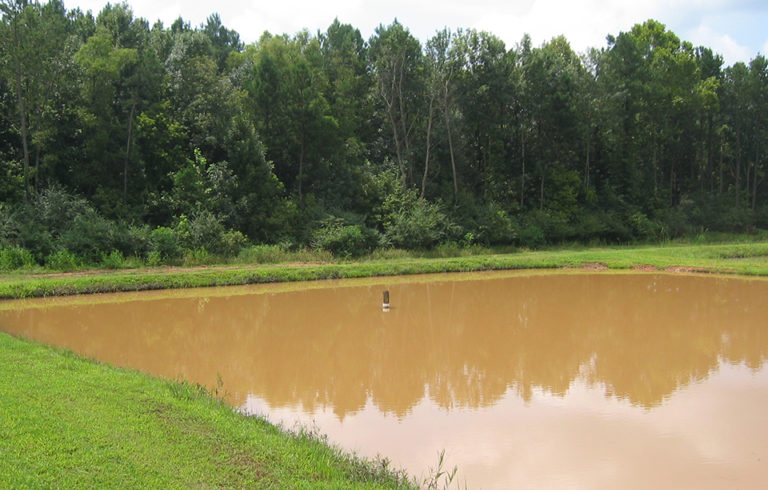
Responsibility
Water turbidity caused by suspended soil particles decreases productivity in culture ponds. Erosion control is the logical first step in correcting muddy ponds.
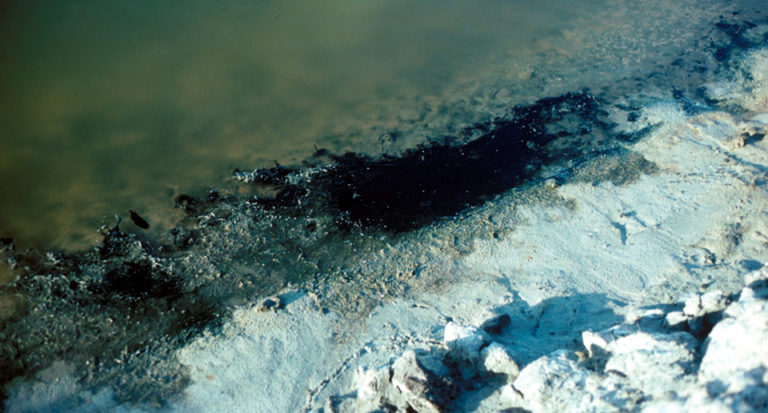
Responsibility
Sedimentation increases organic matter concentration in pond bottom soil. Particles originating from mineral soil and organic matter that do not float or dissolve settle to the bottom.
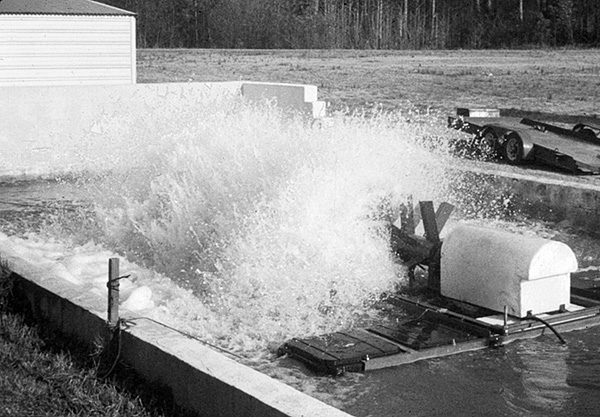
Responsibility
Mechanical pond aerators increase the rate at which oxygen from air enters water by providing a greater surface area to facilitate diffusion.
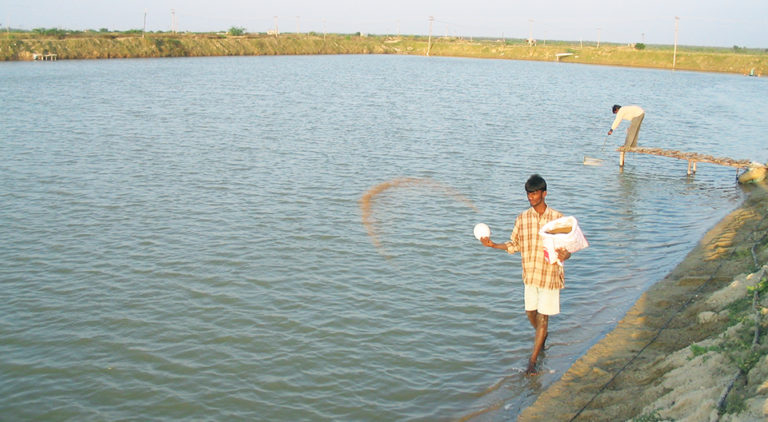
Responsibility
Feeding allows much greater production of fish and shrimp, but nutrients in feed are not converted completely to fish or shrimp flesh.
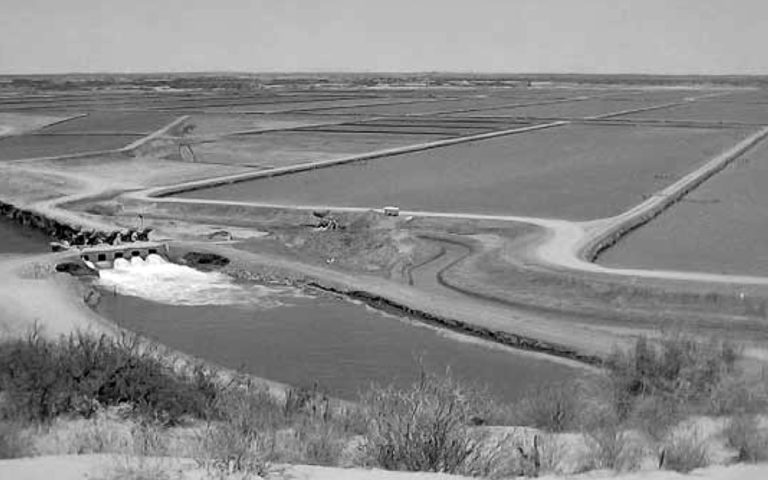
Responsibility
Probiotics used as bottom soil and water quality enhancers are primarily cultures of living bacteria, enzyme preparations, or the two combined.
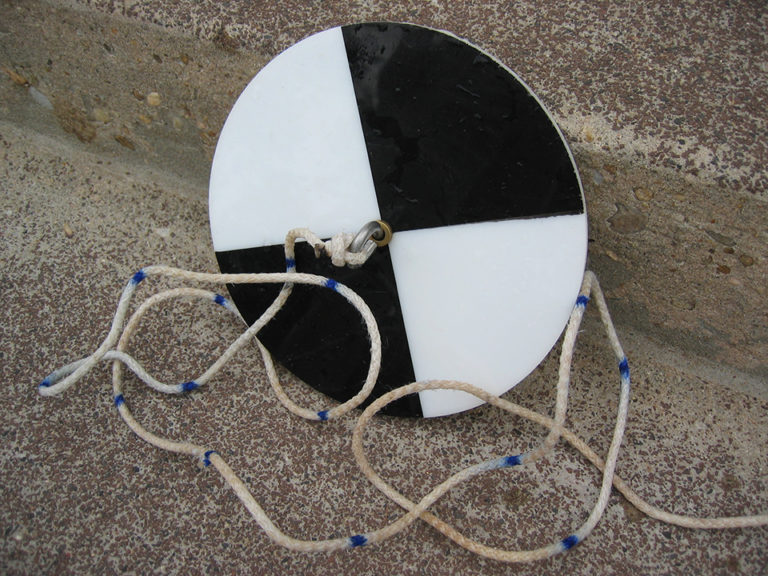
Responsibility
It would be difficult to find a pond aquaculture worker who has not measured Secchi disk visibility or at least seen someone measure it.

Responsibility
Zeolite is used in industry for water softening and as media for molecular sieves but has no real benefit for aquaculture in ammonia removal.
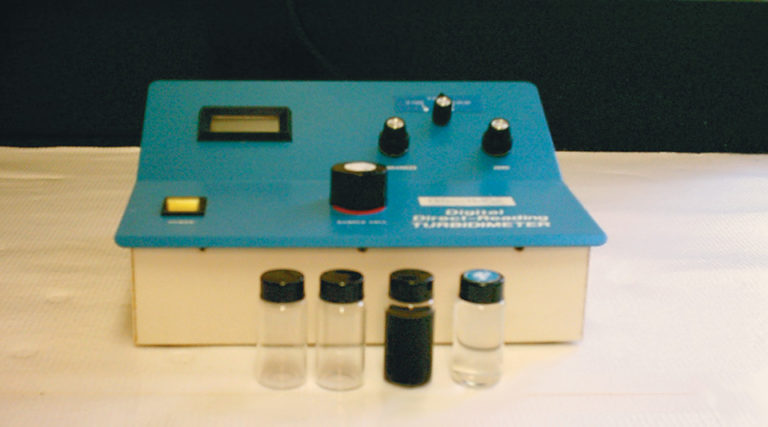
Responsibility
Total suspended solids concentration is time-consuming to measure, but turbidity has been used to estimate TSS concentrations in some types of effluents.

Responsibility
Since the application of mineral salts to correct ionic imbalances has improved survival and production, the practice is becoming increasingly common.